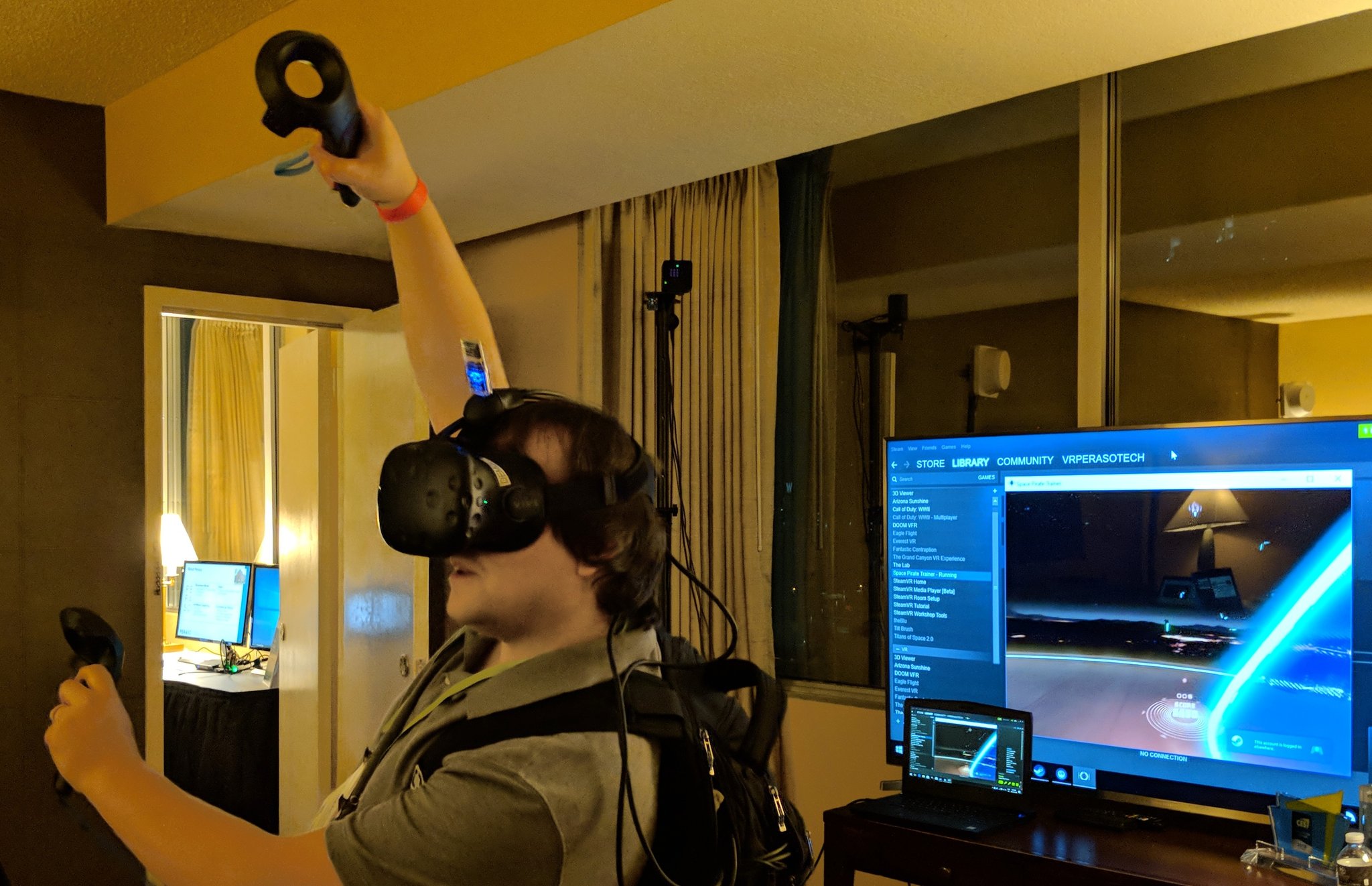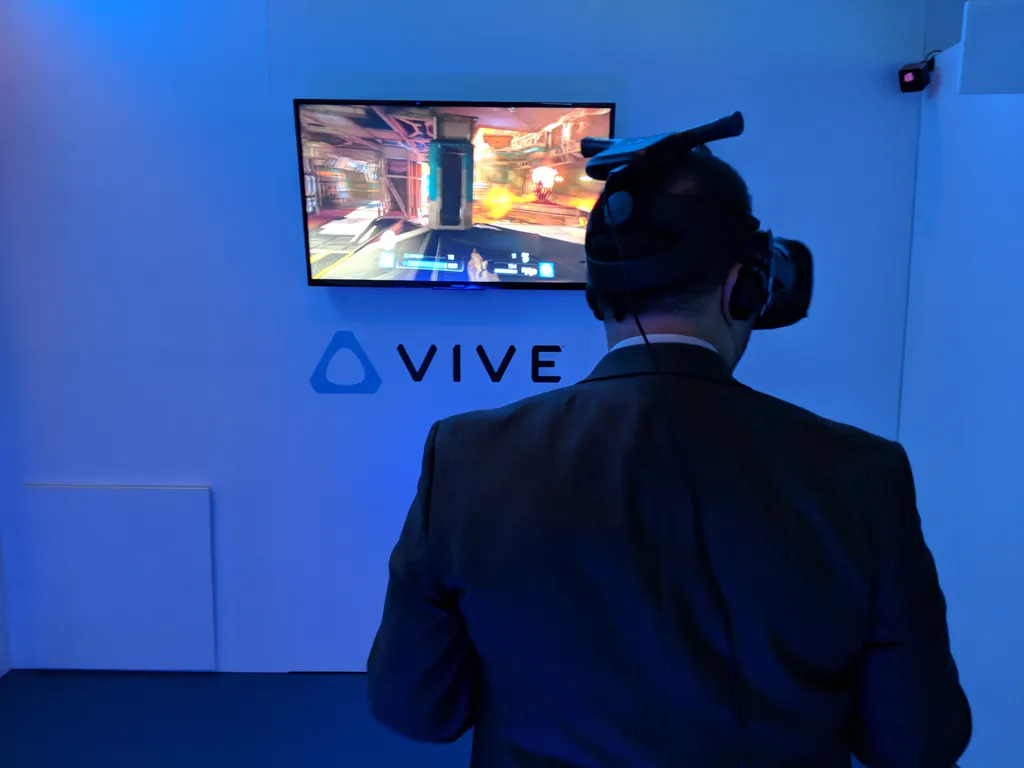As an analyst, I have many areas of coverage when it comes to computing. In addition to covering AR and VR, I also spend a lot of my time covering wireless technologies. This report covers what to expect in 2018 and beyond when it comes to wireless technologies and how they might impact the AR/VR landscape.
First and foremost, 2018 is going to be a big transition year for a lot of technologies; this includes cellular, Wi-Fi and Bluetooth. We are going to see the transition from 4G to 5G happen this year with lots of trials and demonstrations, including at the Winter Olympics in Pyeong Chang next month. Wi-Fi is going to make the transition from 802.11ac to 802.11ax, and we may even start to see glimpses of 802.11ad beginning to switch over to the much faster 802.11ay, although I think that one is a little optimistic. We’re also going to see the transition from Bluetooth 4 over to Bluetooth 5, and I’ll explain why that’s relevant as well.
5G in 2018
Many different companies like to tout AR and VR as use cases for 5G, so naturally, it makes sense to talk about 5G in 2018.
Realistically, most of the 5G we’re going to see in relations to AR and VR is going to continue to be more of the same. We’re going to see more demos of live streaming content over Gigabit LTE or 5G to a VR headset located somewhere else. Because 5G is still so nascent and the 5G NR global specification was only ratified at the end of 2017, we probably shouldn’t expect to see any real 5G networks until 2019.
However, operators like AT&T have committed to launching their 5G NR networks in 2018, which is ahead of what everyone has been stating and doesn’t align with anyone else’s public timelines. Verizon is expected to launch their fixed wireless broadband ‘5G’ network in 2018, but that isn’t based on the global 5G NR spec, but will be upgraded to it eventually. This is not a mobile deployment, so it means that you can only use it as a home broadband connection, for now. Realistically, however, we probably won’t see 5G in VR or AR devices until 2019 or 2020 when it starts to make its way into phones and other mobile devices. Its possible, though, that we could see a standalone 5G VR device in 2019 because a VR headset is much larger and theoretically easier to design RF for than a smartphone.
Long term, I see 5G as an enabling technology for both AR and VR, and 5G networks should help increase the adoption of both mobile AR and VR. Both AR and VR will benefit from the lower latency and higher throughput that 4G LTE. I believe that as LTE networks improve toward Gigabit LTE, we will see better AR and VR experiences that will prepare us for the 5G networks due out in 2019.
Wi-Fi in 2018
Wi-Fi will also see some significant changes in 2018. A lot of those changes are going to come from the increased adoption of 802.11ax, which is supposed to replace 802.11ac, the current standard in most residential and commercial Wi-Fi deployments. While the complete spec won’t be finished until next year, many of the players in the space including Broadcom, Intel, Qualcomm, Quantenna are pushing it quite hard, and some have even shipped early silicon in products. This will improve the overall speed of Wi-Fi as well as coverage in dense areas like homes and stadiums and could even allow for smoother and better streaming of VR and AR content. 802.11ax is designed to bring more capacity to the networks of today and make the overall experience for users better while also being able to address all the IoT devices in the home. Performance improvements over 802.11ac are minimal on the high-end of the specification, but I suspect real-world performance differences will be noticeable with multiple devices connected at the same time.
This year the 802.11ad 60GHz Wi-Fi specification will get a lot of traction in the VR space with solutions based on chips from companies like AMD, Intel, Peraso, Qualcomm, and others.
We already have the upcoming HTC Vive wireless solution based on Intel’s 802.11ad wireless chip solution this summer. I also had the opportunity to see Peraso’s solution in action at CES, and we know that Qualcomm has similar prototypes as well.

Many of these companies can’t talk about who their clients or design wins are, but it seems like there are a lot of designs in the pipeline for 2018 and it should be a very good year for 60 GHz Wi-Fi solutions. Additionally, at CES the TPCast team announced their second generation wireless VR solution. They made it sound like it will run on multiple Wi-Fi standards including 802.11ad, 802.11ay, and 802.11ax. While I have yet to see a wireless VR solution that integrates more than one radio, this is technically possible, I just haven’t seen it yet, and I’m not sure if we’ll even see it in 2018. The overall improved climate of Wi-Fi solutions alone should also make AR experiences better with improved overall throughput and lower power consumption. However, my view of AR long term is that it will primarily be consumed outside of the home and in the real world, which makes it more dependent on cellular technologies.
Bluetooth in 2018
When it comes to Bluetooth, I think we’re going to be looking at it as more of an accessory play than a core AR/VR play. With the new Bluetooth 5.0 standard that released last year and some of the new 5.0 chipsets that launched last year, we can expect to see some low-power and long battery life Bluetooth accessories for VR and AR. Bluetooth 5.0 has yet to make its way into actual devices even though it was announced and shipped in smartphones last year. But the doubled data rate should allow for cleaner audio quality and better user experience as well as lower latency which is crucial for things like controllers which are usually connected over Bluetooth and sometimes Wi-Fi.
Analyst Take
2018 will be an exciting year for wireless when it comes to AR and VR; speeds are going to improve and so will coverage. I think the significant improvements will be noticeable in Wi-Fi connectivity as well as 4G LTE which is getting upgraded to Gigabit LTE right now in preparation for 5G. Early 5G deployments in late 2018 or early 2019 will be very dependent on Gigabit LTE as a fallback, so having a robust Gigabit LTE network will be important for many of the carriers moving forward. The reality, however, is that most VR is still probably going to be consumed over Wi-Fi while a lot of AR will probably be used out in the field. So, if anything, the improved cellular speeds are likely to impact AR users and applications more than VR until we get enough bandwidth from Gigabit LTE and 5G so that 4K 360 videos stream smoothly.
Disclosure: My firm, Moor Insights & Strategy, like all research and analyst firms, provides or has provided research, analysis, advising, and/or consulting to many high-tech companies in the industry cited in this article, including AMD, Intel, Peraso, Qualcomm, and others. I do not hold any equity positions with any companies cited in this column.


























